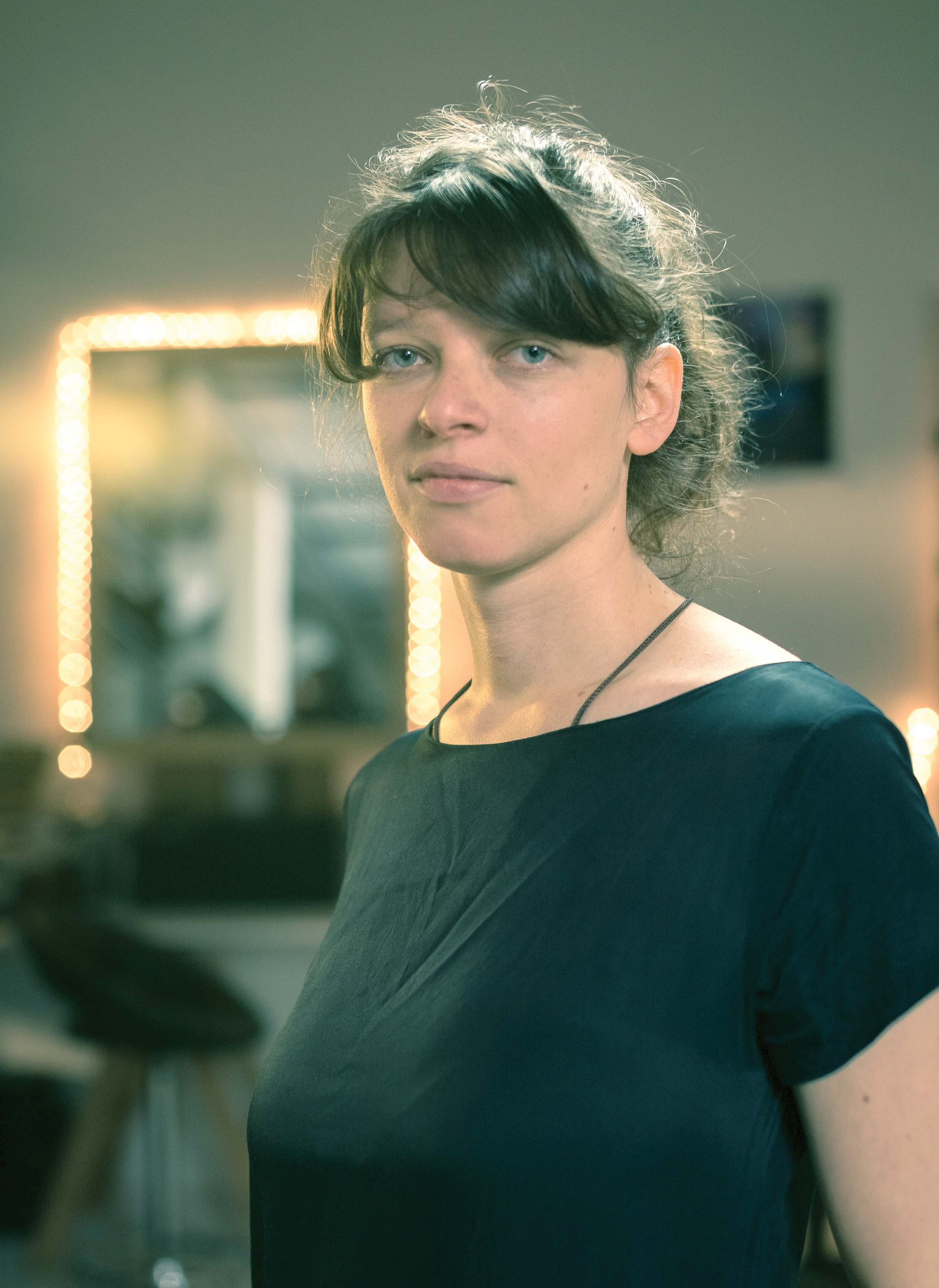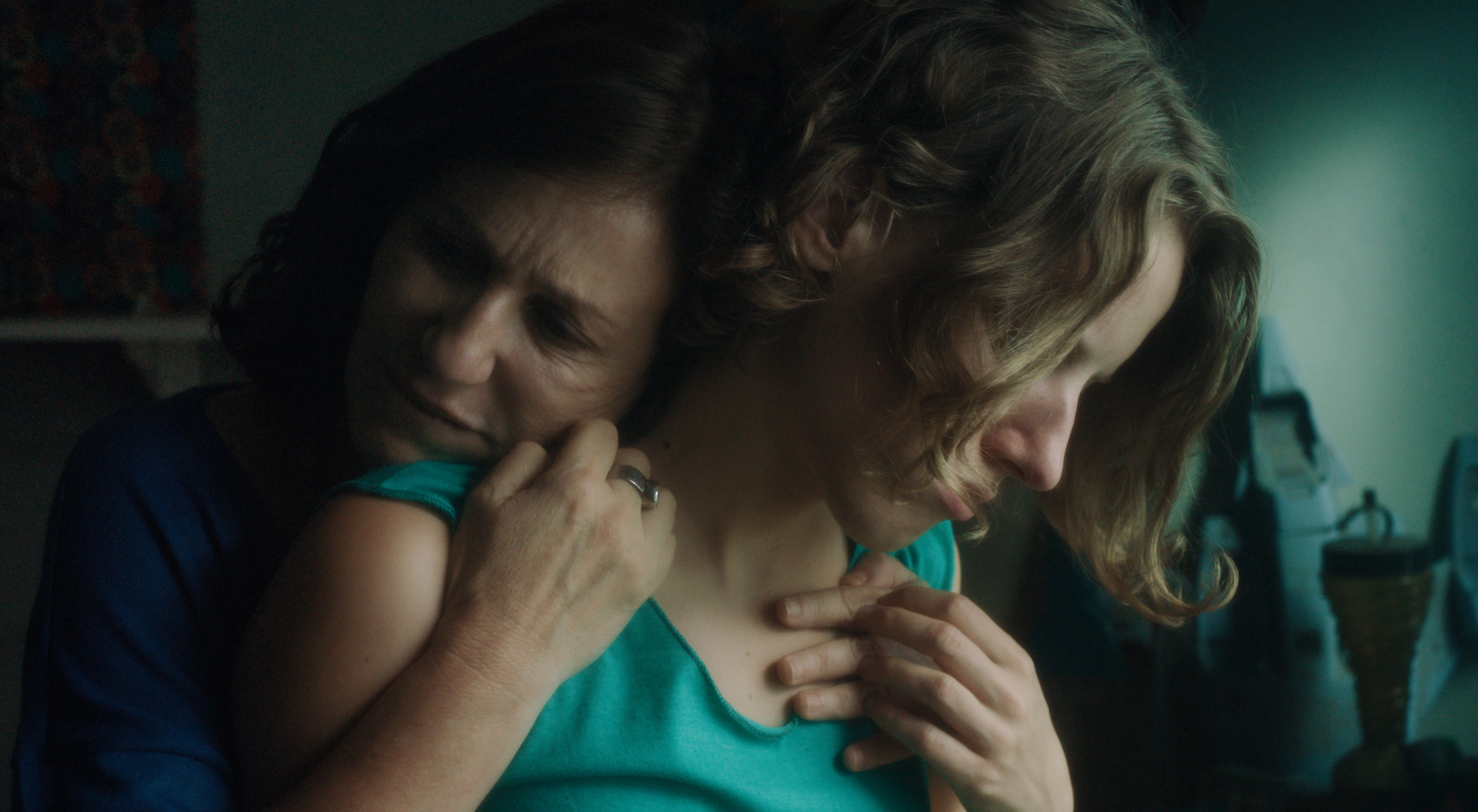Locarno: Maria Alché on ‘Familia Sumergida,’ and an Excess of Light
By Becca Voelcker
LOS ANGELES (Variety.com) – LOCARNO, Switzerland — Argentine actress, photographer, and director Maria Alché’s first directorial feature, “Familia Sumergida,” world premiered as part of Locarno’s Filmmakers of the Present on Saturday. The film revisits themes and the tone of Alché’s shorts and photography, exploring the often-invisible lines between archives, memory and the present, deceased relatives and their living descendants.
“Familia Sumergida” follows Marcela (Mercedes Morán) after the death of her sister Rina. As though in a trance, she wanders around her house, feeling the strained relationships with her husband and children. Through an evocative use of light and objects as markers of both presence and absence, the film sees Maria move between the everyday present and dreamlike spaces of memory.
Variety caught up with the Alché to discuss directing other actors, the influence of theater, and the role of light and music in displacing narrative linearity.
How are acting and directing related for you? Do the processes inform each other?
My experience in front of the camera affected how I directed “Familia Sumergida.” When I direct, I feel like I’m one of the actors. To understand what actors need to do and how it will feel for them on set, I go through the motions myself. I have a script and plan shots, lighting, and sound beforehand, but I also spend a lot of time meeting the actors, discussing the characters’ motivations with them, and staging encounters between them as a form of workshop or preparation. This process comes from acting. As an actress, I know how important it is to feel immersed in a film. My formation as a director is strongly connected to theater and its processes.
The film’s protagonist, Marcela, is pivotal in the film, but it also feels like a group portrait, a family portrait. Could you talk a little about the title, “Familia Sumergida”?
The title comes from the film’s light. One day, the husband of the color grader I worked with remarked that the family’s apartment in the film resembles a fish tank, with rays of light filtering through the various curtains and plants, making it feel as if it’s submerged. I liked that description for the title because it leaves things quite poetic and open-ended.
The film has a very distinct aesthetic in its hazy light, dusty colors, and preponderance of interior scenes. It’s as if the entire film is submerged or veiled. Could you talk about this stylization and its relation to themes of mourning, family myth, perhaps even ghosts…?
I put a lot of thought into the lighting of the apartment, where most of the action takes place, and the lighting designer helped me achieve the hazy, mysterious atmosphere by using colored cellophane and filters. It’s a light I remember from my childhood, from hot summers where the light is very white. The film is shot digitally but we wanted to get away from a crisp digital image by using various lenses and gels. I was keen on working with light rather than darkness. In most films that deal with ghostly or dreamlike subjects, the strangest things happen at night. By contrast, I wanted to work with daytime and an excess of light.
Hanging as curtains, worn as a scarf, dyed and washed, fabric appears throughout the film. People wrap themselves in curtains and clothes. Costume and performance seem to be vehicles for the family to express mourning, conflict, love and fantasy. Where did this idea come from and how did it evolve?
I have a theater background and this experience likely contributed to the presence of these details in the film. When I was writing the script, I was thinking of people who do not want to be in their chronological life, who want to break free from this straight path. I wanted Marcela to open a window and go outside, to explore these several dimensions. I wanted to convey this sense of coming and going. I am also into fairy tales…the sense that people change but something always remains.
The film’s gradual disclosure of information about Marcela, her late sister Rina, and their family, suggests quite a high level of planning, and yet individual scenes feel playfully spontaneous. What was your writing process? Was there a script?
I took my time in the writing process and planned every sequence and scene. We made sure everything was prepared before the shoot, which lasted for six weeks. Within the plan, there was room for spontaneity — for example, when the father breaks into song one day in the kitchen: the words he sings are entirely his own.
Is any of the story autobiographical or based on someone you know?
It is not exactly autobiographical, but there are elements that have come from my personal life. When I’m writing a character, I need to think of someone I know to get an idea how they will speak. Years ago I had a photography project: the concept was I’m introducing my family through pictures in the 1970s and 1980s. So, for instance, there is a photo of me with my father when he was young. Sort of breaking space and time. I also wanted to work on an installation piece in which some relatives of mine are appearing and disappearing. The film started vaguely from these ideas.
Lucrecia Martel was a creative consultant for the film. How is your relationship with her? How has she helped you in “Familia Sumergida”?
She knows me very well and we have shared many personal things with each other. For this film, she was very helpful in giving me constructive advice on the script, particularly with the dialogue. She’s honest and straightforward with her comments, which is a good thing.
What’s next? Are you working on a second feature?
I’m thinking of exploring the other side of the film by writing a comedy for the character of the father. I’d love to work again with my actors. I also have other ideas in mind that are currently in development. As always, it takes a long time before they all feel ready for production.


